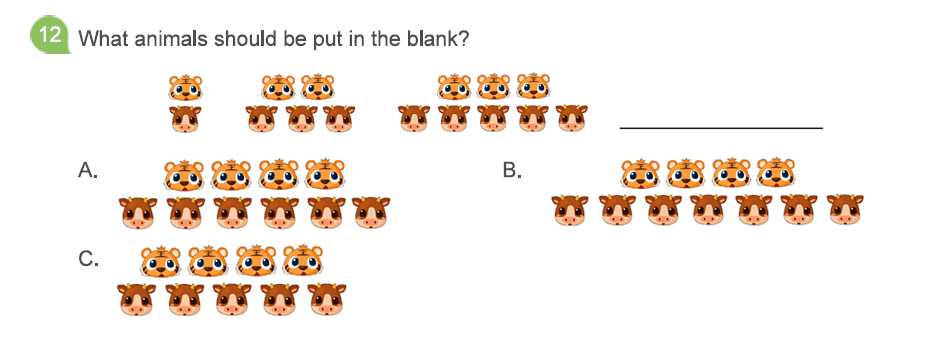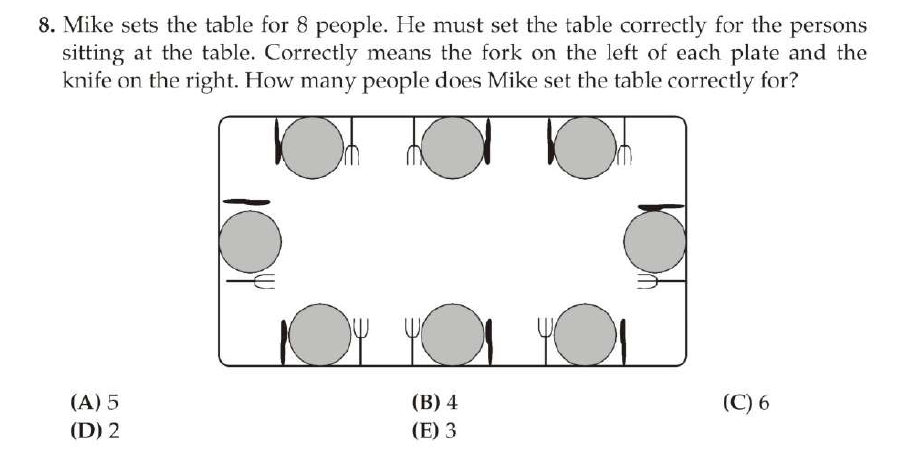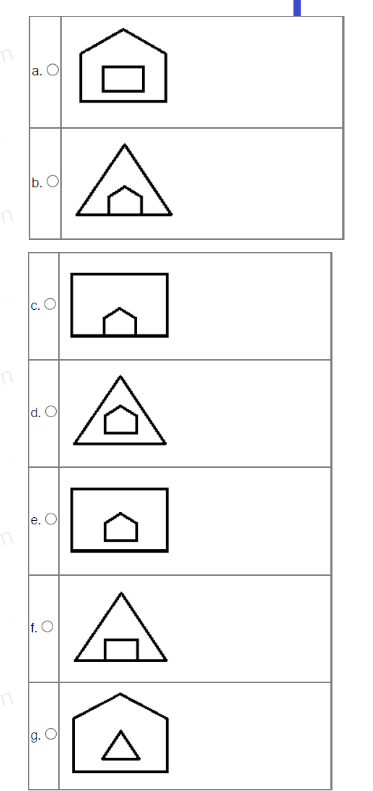
Many parents have heard it before , “I’m just not good at math.”
Behind those words isn’t a lack of ability, but a mix of fear, pressure, and self-doubt. Math anxiety can quietly grow when learning feels like a test instead of an experience. Yet with the right mindset and environment, that anxiety can transform into curiosity and confidence.
This gentle ITA (Experience-Based Learning) guide is for parents who want to help their children rediscover the joy of thinking — not by drilling, but by exploring.
Why Math Motivation Matters More Than Grades

Grades can measure performance, but not motivation. Motivation is what keeps a child curious enough to try again after a mistake. When children feel safe to explore, they begin to see math as a way to express ideas, not a subject that judges them.
Math motivation grows when three conditions meet:
- Safety: mistakes are allowed.
- Control: children can choose how to approach a problem.
- Meaning: they can see how math connects to real life.
That sense of control and meaning becomes the foundation for math confidence.
The ITA Way: Learning Through Experience and Curiosity

ITA learning emphasizes Interpret, Think, Apply — helping children learn through real experiences and reflection. Instead of memorizing formulas, students explore patterns, visualize ideas, and explain their reasoning aloud.
Think Academy Canada’s classrooms use this approach every day. Lessons are structured like small discoveries: students observe, predict, test, and express. By guiding them to experience math rather than absorb it, the process itself becomes motivating.
If you’re curious how this philosophy connects to reading and early literacy, explore our ITA Teaching Method guide, which explains the origins of Interpret–Think–Apply and how it shapes modern, experience-based learning today in Math.
How Experience Builds Confidence — 3 Classroom Stories
Early Grades: Discovering Patterns Through Play
Children naturally love patterns, like the rhythm of colors, shapes, and animals.
In one Think Academy activity, students solve a playful sequence of 🐯 and 🐮 faces. What looks like a guessing game teaches pattern recognition, logical reasoning, and communication. When a child joyfully explains, “It’s tiger–cow–tiger–cow, so the next one must be a tiger!”, that spark of understanding builds true confidence.

G1–G2: Math Kangaroo’s Teddy Bear Puzzle
In a Math Kangaroo (2021) problem for early learners, students meet Ann’s teddy bears — each bear holds its paw differently. The task: find which one matches Ann’s description. It’s a reading and logic challenge disguised as a story. Kids laugh as they compare eyes, paws, and colors, without realizing they’re training inference and attention to detail — key early-math skills.

G3–G4: Setting the Table — Math in Daily Life

A Math Kangaroo problem (2018) asks: Mike sets the table, but who has the fork on the left and knife on the right?
Students visualize people sitting around a table, imagine directions, and reason spatially. The question blends imagination and logic — math that lives in the real world.
Caribou Contest: Turning Shapes Into Stories
In a past Caribou Math question (2018), shapes transform according to a hidden rule — a rectangle becomes a triangle, then a house. Students must find the pattern and predict the next image. It’s visual storytelling with geometric logic.


Although Caribou has ended, its creative spirit continues in contests like Math Kangaroo, Waterloo Gauss, and AMC 8, which reward curiosity over speed. These puzzles prove that learning math can be both rigorous and joyful.
If you’d like to explore more, take a look at our guides on Math Kangaroo’s playful reasoning questions and Waterloo Gauss’s confidence-building approach — each shows how curiosity and logic grow hand in hand.
What Parents Can Do at Home — Gentle ITA Strategies

- Create small, steady routines. Ten minutes of relaxed problem-solving each day builds habits without pressure.
- Praise the process, not perfection. Replace “You’re so smart” with “I like how you tried a different way.”
- Make math visible. Use drawings, blocks, or measuring cups to turn ideas into actions.
- Ask reflection questions. “What did you notice?” “How did you decide?” Encouraging self-explanation strengthens understanding.
- Share learning moments. Cook, shop, or fold paper together — everyday math is the best kind of math.
From Anxiety to Motivation — The Emotional Shift

Confidence doesn’t grow from getting every answer right.
It grows from feeling capable while learning.
When children experience small wins, such as solving a pattern, explaining an idea, or laughing through a tricky question — anxiety begins to fade.
Parents play a quiet but powerful role in this transformation. The more calmly you model curiosity, the more your child learns that math is not a test of talent, but a journey of discovery.
FAQ: Parents’ Common Questions About Math Motivation
Test anxiety often comes from fear of mistakes and pressure to be fast. Build calm routines at home — short, focused sessions without time limits. Praise effort and strategy rather than speed or accuracy. Confidence grows when learning feels safe and predictable.
Yes. Playful games and puzzles develop the same reasoning skills as drills, but with less stress. Use them to build curiosity and confidence first, then add more structured practice once your child feels capable.
Shift from correction to curiosity. Instead of saying “You should know this,” try “How can we figure this out together?” When children feel supported and involved, they develop ownership of their learning — the strongest kind of motivation.
They can — when used the right way. Contests like Math Kangaroo, Waterloo Gauss, or AMC 8 emphasize creative reasoning and perseverance. The goal isn’t competition but discovery, helping kids see problem-solving as exciting and rewarding.
Begin small. Try one engaging puzzle or story-based math question each day, and let your child explain their thinking.
A Note from Think Academy Canada
Think Academy Canada’s experience-based approach helps children connect math to meaning — through stories, visuals, and creative reasoning.
Whether it’s a playful pattern or a contest-style challenge, every lesson encourages students to think, test, and feel the satisfaction of “I figured it out myself.”
If you’d like to see how this learning philosophy works in practice, you can:
- Book a Free Evaluation to understand your child’s current math level and learning style.
- Explore Early Childhood and G1–G4 Math Courses, designed to build confidence through story-based, experience-driven lessons.
Every child deserves to feel confident, curious, and capable in math — and every parent can take the first step today.


